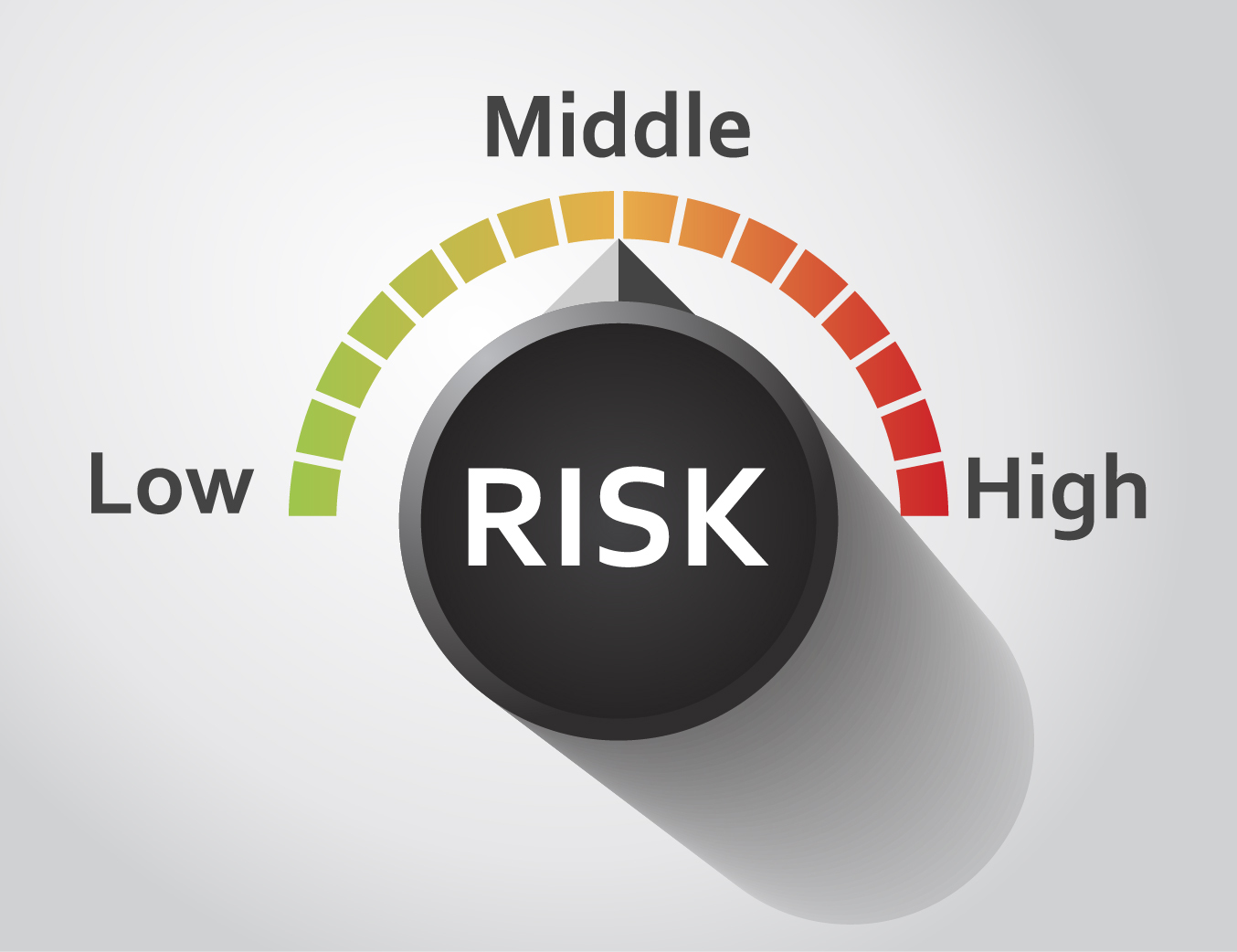Refractory Myasthenia Gravis Increases Risk for Crises, Hospitalizations, Researchers Report

People with refractory myasthenia gravis are at a higher risk of myasthenic crises and of being hospitalized compared to non-refractory patients, researchers report.
Results reveal an increased disease burden in people with refractory myasthenia gravis, emphasizing the need for prevention and development of new treatment options for these patients.
The study, “Burden of Illness in Patients with Treatment Refractory Myasthenia Gravis,” was published in the journal Muscle & Nerve.
From 10-15% of myasthenia patients don’t respond to current treatments, with symptoms persisting despite multiple therapies, or they experience severe adverse effects.
Refractory patients require more intensive treatments that may include cyclophosphamide (Cytoxan), Rituxan (rituximab), chronic immunoglobulin, or chronic plasma exchange.
To understand the impact of disease burden in refractory myasthenia, researchers analyzed rates of myasthenic crisis, exacerbations, hospitalizations, and emergency room visits in 403 refractory and 3,811 non-refractory patients. They compared the results to 403 healthy (control) individuals from the U.S. over a one-year follow-up period.
More than half of the refractory patients were prescribed several immunosuppressants in the two years before the study; 39.7% received regular plasma exchange; and 23.1% received Rituxan or cyclophosphamide.
Refractory patients were younger, more likely to have a history of thymoma (a tumor in the thymus gland) or thymectomy (surgical removal of the thymus gland), and to be female.
Myasthenic crises — defined as severe myasthenic exacerbation with respiratory failure — occurred in 21.3% of refractory patients compared to 6.1% of non-refractory patients, and refractory patients were over three times more likely to undergo at least one crisis during the one-year study.
Myasthenic exacerbations also affected more patients with refractory disease — 71.2% — compared with 32.4% of patients who were non-refractory.
Refractory patients were significantly more likely to have therapy side-effects or comorbidities such as diabetes, cardiac arrhythmias, and severe infections.
Mortality was also higher with refractory disease, with patients showing a nearly two times higher risk of dying during the one-year follow-up compared to those with non-refractory disease – 5.1% vs. 2.78%, respectively.
Refractory patients required more hospital and emergency room admissions. About 52% of refractory patients required an inpatient stay, compared to 24% of non-refractory patients.
The team also investigated the influence of acetylcholine receptor autoantibodies. In people with myasthenia gravis, these antibodies activate a specific component of the immune system called the complement, which destroys the neuromuscular plate.
Patients who are refractory and positive for autoantibodies were also at 12 times higher risk of myasthenic crises and at 5.6 times higher risk of exacerbations compared to those who were positive, but without refractory myasthenia.
The study shows that refractory myasthenia patients have a significantly higher clinical burden and are more likely to require hospitalizations and emergency room visits than non-refractory patients.
The high rates of crises seen in the refractory group after the first two years of disease onset suggests that refractory patients may be at greater risk of crisis than previously thought.
“Refractory patients represent a unique subgroup of MG [myasthenia gravis] patients with distinctly different needs from those with non-refractory disease,” researchers wrote.
“These results underscore the importance of preventing or effectively treating refractory illness and highlight the need for new treatment options for this difficult-to-treat population,” they added.






